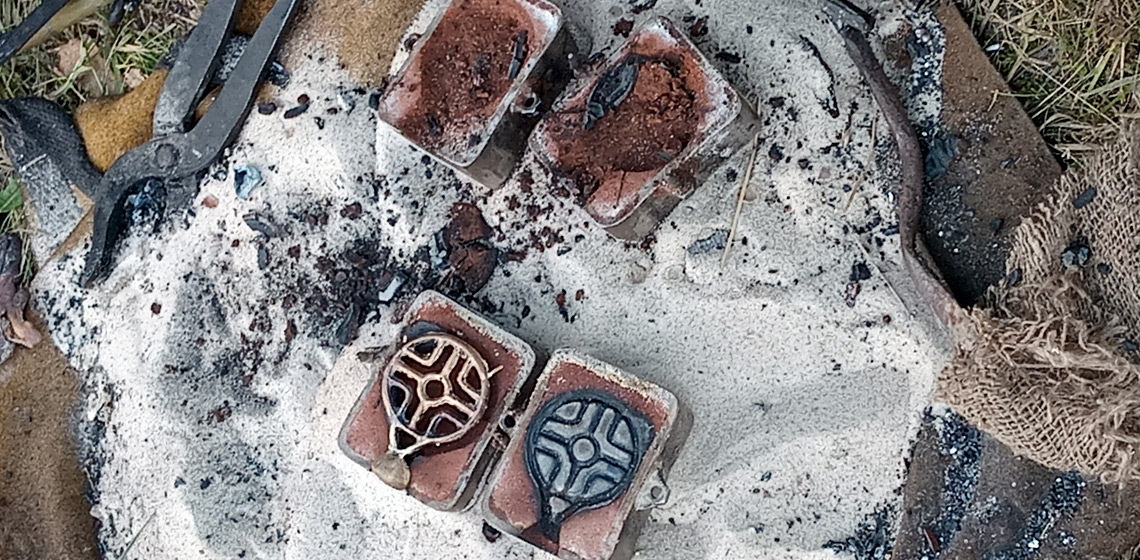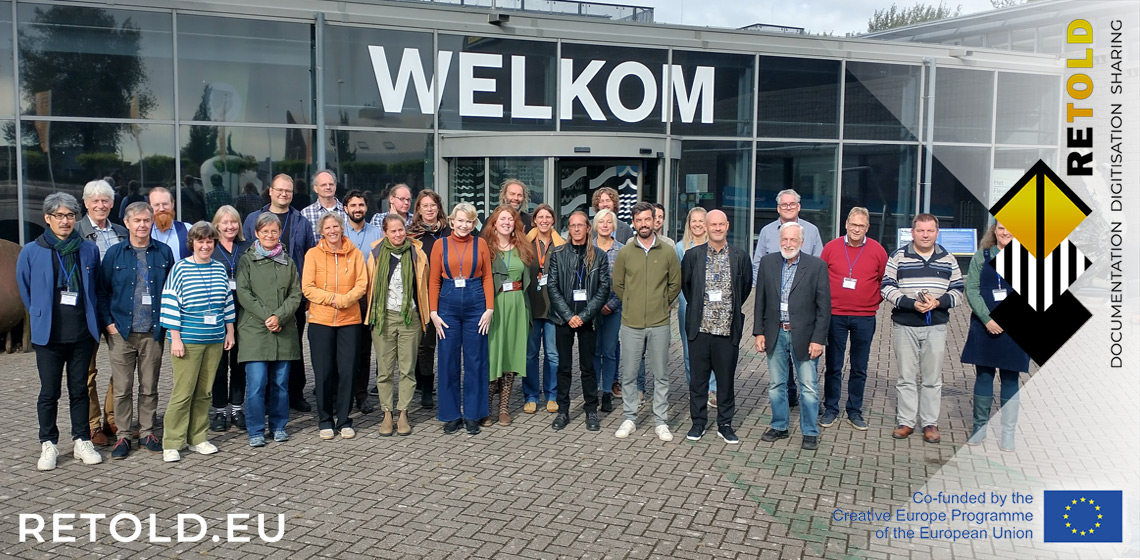EXARC Journal Issue 2024/4



14 Articles | DOAJ | Open Access
ISSN: 2212-8956
Publishing date: November 27, 2024
📄 EXARC Journal 2024/4 Table of Contents
Copyrights: EXARC, 2024
Listen in to the episode of "EXARC Extracts", where we provide you with a short summary of the articles in the latest issue of the EXARC Journal. Matilda Siebrecht summarises the reviewed articles from the 2024/4 issue of the EXARC Journal. It includes eight reviewed articles as well as five unreviewed mixed matter articles.
Reviewed Articles
Baking Bread in the Riff Area (Morocco): An Ethnographic Approach to the Study of Iron Age Archaeological Ovens
Publication Date
We present the result of our fieldwork conducted in the Riff area (Morocco), where, through the participant observation technique, we have analysed the characteristics and functioning of several bread-baking traditional ovens that are still working in the region. We were able to observe the chaîne opératoire of the process of baking bread...
An Experimental Investigation of Alternative Neolithic Harvesting Tools
Publication Date
Harvesting tools have seldom been found during excavations at Neolithic sites in North-Western Europe but cereal consumption was widely practiced in that region, as grain discovered in settlements showed. Several researchers have, over the last 50 years, highlighted this discrepancy between missing harvesting tools and the presence of cereal grains...
The Salme Ship Burials
Publication Date
With the help of experimental reproduction of archaeological artefacts, it is possible to study how and from which materials that objects might have been made in the Iron Age. Reproductions are carried out with items such as weapons, accessories, jewellery, buildings, food, ceramics, tools, working methods, and many others...
The Lefkandi-Toumba Building as a Timber-Framed Structure
Publication Date
The article demonstrates that the building or megaron on the Toumba hill at Lefkandi (Euboea), dating from c.950 BC, was a timber-framed structure, in contrast to the common view of it as a building with loadbearing walls. This raises the possibility that the walls, perhaps even parts of the frame and the roof, were still under construction...
Does the Addition of Manganese Dioxide Aid in The Production of An Ember when Using Strike-A-Light Technology With Horse Hoof Fungus? A Potential Neanderthal Technology
Publication Date
Recent archaeological and experimental work suggests that Neanderthals may have been purposefully gathering manganese dioxide to aid in their fire lighting. Given the evidence for complex Neanderthal pyro-technology, this appears to be a plausible hypothesis. In this paper, we add to the experimental testing of this hypothesis by ...
All Aboard! A re-enactment approach to Victorian Railway Guard’s Clothing
Publication Date
This paper examines the form, function and practicality of the clothing worn by late nineteenth century railway guards in Britain. It does so by taking a re-enactment approach, involving the commissioning, wearing, and reporting of replica garments in an appropriate workplace. It demonstrates that whilst such uniforms were smart and created an impression of authority in the wearer and potential viewer...
An Ethnoarchaeological Discussion of the Impact of Religion on Architecture in a Remote Iranian Village
Publication Date
In the years 2014 to 2015, an Ethnoarchaeological study of the architecture of Makhunik village (IR) was done. After that, this architecture was studied in different points of view. One of these views was the influence of religion on the architecture of the traditional phase (ca. 1660-1960) to explore the impact of immaterial issues, such as religion in a very religious village, on ...
Experimental Recreation of a Pumpkin (Cucurbita spp.) Leather Mat
Publication Date
The ethnohistoric record from the American Great Plains indicates that dried pumpkin (Cucurbita spp.) strips were often woven into mats as a form of food storage. This form of food storage was likely employed over large geographical areas and deep in time, but archaeological methods for identifying their production and use have been wanting...















